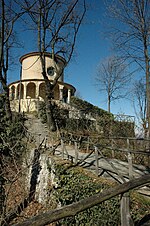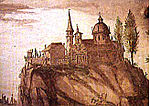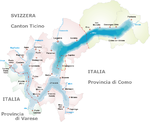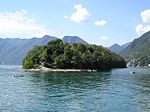Monte Galbiga
Lombardy geography stubsMountains of LombardyMountains of the Alps

Monte Galbiga is a mountain of Lombardy, Italy. It has an elevation of 1698 metres.
Excerpt from the Wikipedia article Monte Galbiga (License: CC BY-SA 3.0, Authors, Images).Monte Galbiga
Direttissima Calbiga,
Geographical coordinates (GPS) Address Nearby Places Show on map
Geographical coordinates (GPS)
| Latitude | Longitude |
|---|---|
| N 46.011944444444 ° | E 9.1608333333333 ° |
Address
Direttissima Calbiga
22018
Lombardy, Italy
Open on Google Maps










